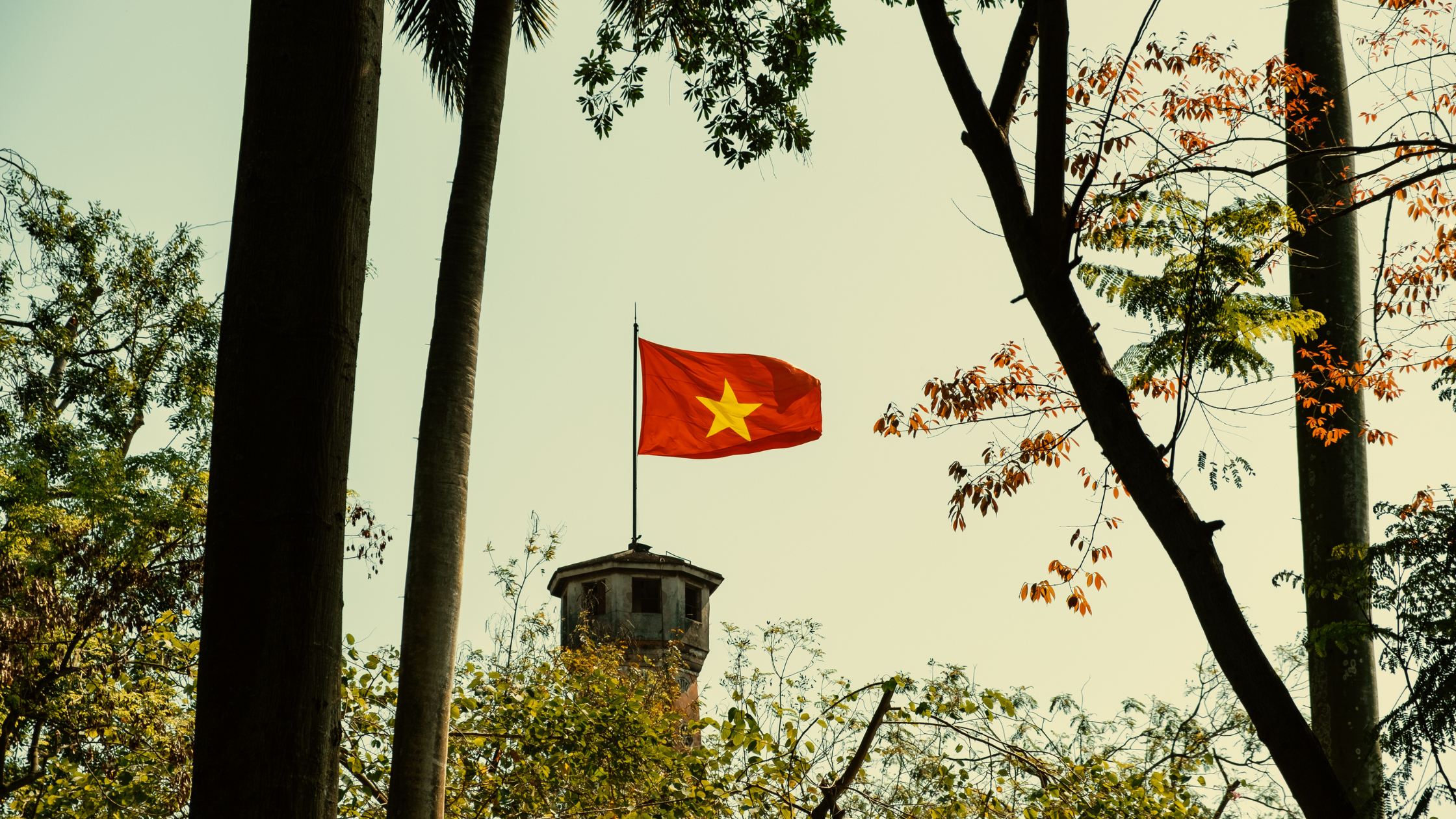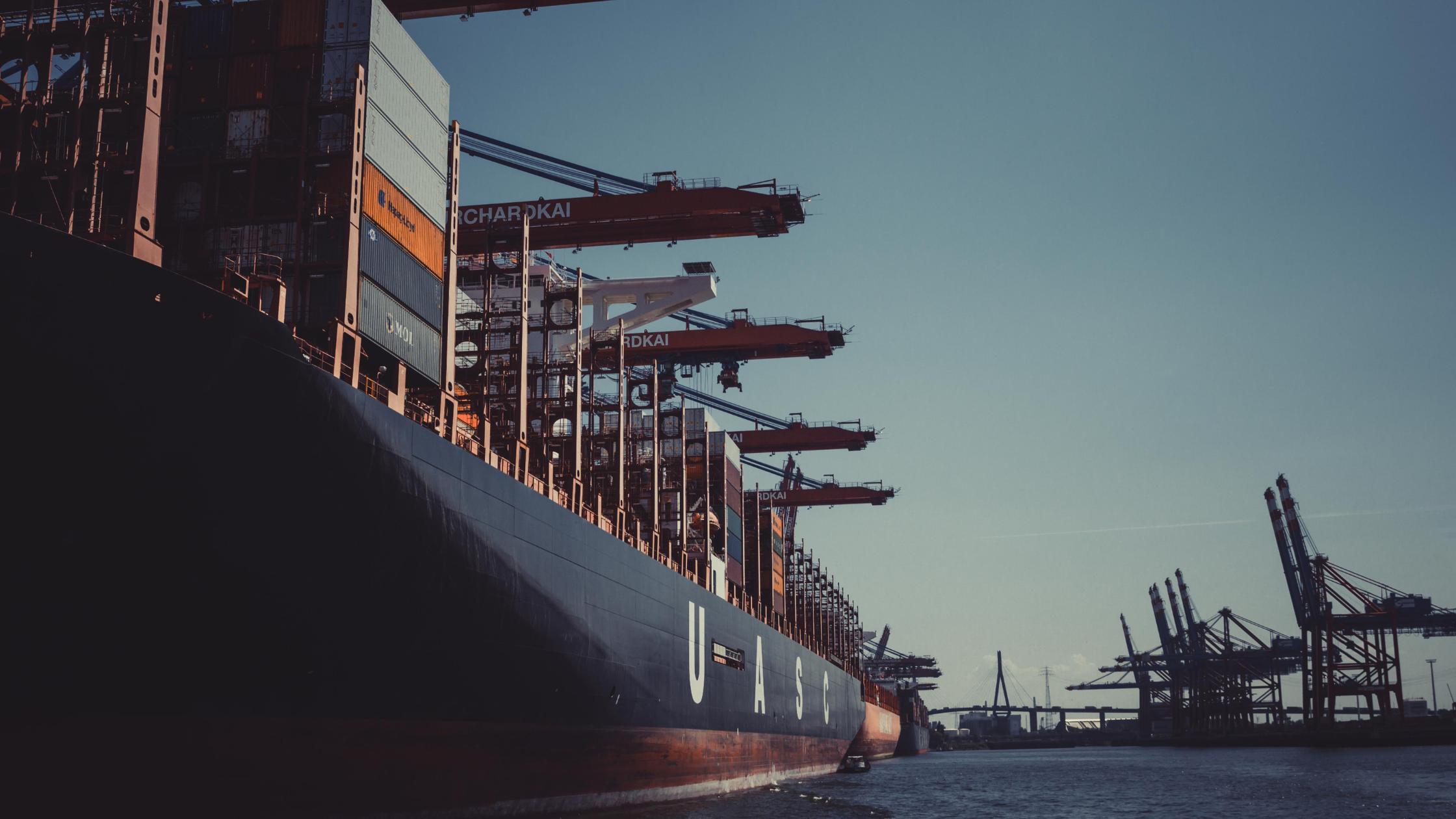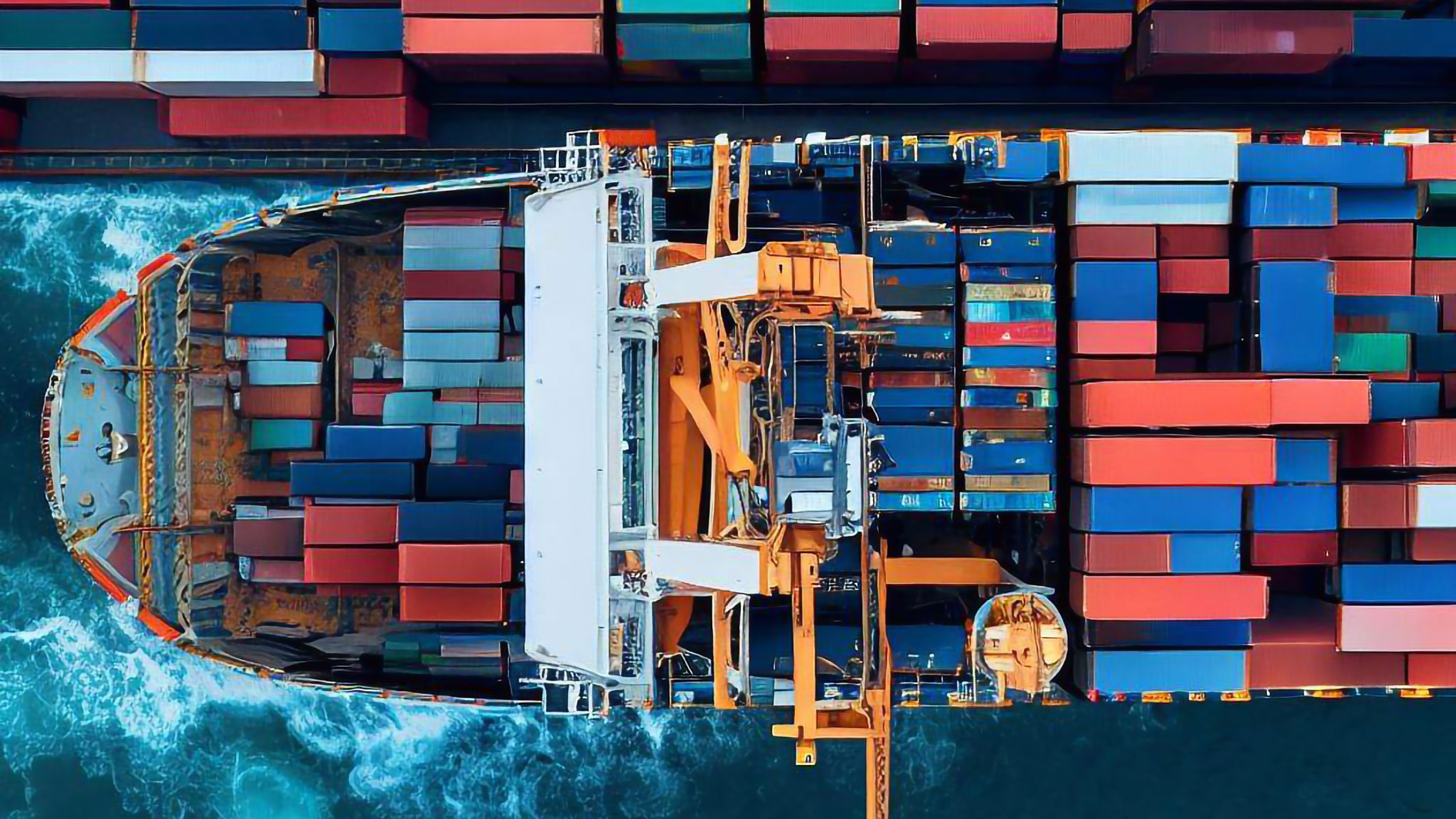Port Congestion: Causes, Impacts & Effective Solutions
In international trade, port congestion is a persistent issue that disrupts the movement of commodities and breaks supply chains. For freight forwarders like Whale Logistics Australia, understanding the causes of port congestion and implementing practical solutions is crucial to maintaining smooth operations and supporting our clients. In this blog will explore the primary causes of port congestion, along with effective logistics solutions Whale Logistics can offer to mitigate its impacts.
What Is Port Congestion?
Port congestion occurs when ships, cargo, and containers accumulate at a port, delaying activities such as loading and unloading. This bottleneck can significantly disrupt the supply chain through delays, increasing shipping costs, and ultimately affecting how quickly customers receive their orders. In severe cases, ships may be rerouted to less crowded ports, further complicating operations and raising costs.
Causes of Port Congestion
- Surge in Global Trade: The rapid growth of international trade, especially in regions like North America and Asia, has put immense pressure on port infrastructure. Ports that previously handled typical trade volumes now struggle to meet increasing demand as the world becomes more globalised.
- Limited Port Capacity: Many ports, particularly older ones, have limited space for cranes, berths, and storage. This makes congestion inevitable, especially when a port cannot handle the volume of trade it receives. Expanding port infrastructure is costly and time-consuming, exacerbating the problem.
- Inefficient Port Operations: Outdated technology, lack of automation, and inefficient freight handling can worsen congestion. Ports relying heavily on manual processes are more prone to delays, especially during busy periods or unexpected cargo surges.
- Labour Shortages and Strikes: Labour disputes, strikes, and shortages of skilled labour can severely hamper port operations, causing significant congestion. When dockworkers are unable to work or strike, the backlog of ships needing service grows, worsening the situation. This reduces container throughput rates at container terminals resulting in equipment shortages and delayed vessel birthing and departures.
- Weather Conditions: Adverse weather conditions, such as hurricanes, typhoons, and dense fog, can temporarily halt port operations, delaying ship arrivals and departures. These weather-related delays can create a domino effect, leading to congestion as ships wait for the port to reopen. A recent example of this occurred during the recent Typhoon Bebinca, halting Chinese port operations, causing equipment shortages and reducing schedule reliability.
- Global Events and Crises: Pandemics, natural disasters, and geopolitical unrest can disrupt global supply chains and cause sudden increases in port congestion. For example, the COVID-19 pandemic led to severe port congestion due to lockdowns, labour shortages, and shifts in consumer demand, presenting unprecedented challenges for international trade. These major fluctuations in demand saw delays across the supply chain, not least global port congestion delaying the arrival of importers goods.

Solutions to Port Congestion
- Investing in Infrastructure: Upgrading port facilities, including developing infrastructure that meets modern trade demands, is essential. Adding berths, cranes, and storage can increase the number of ships and cargoes handled at any given time, reducing congestion. An example of this effective investment can be seen through the Port of Singapore, here the government is investing heavily to create the worlds largest port - capable of servicing 65m TEU annually once fully operational.
- Adopting Advanced Technology: Implementing automated systems, such as automated cargo handling machinery and cranes, can significantly enhance port efficiency. Additionally, using data analytics, real-time tracking, and other IT tools for logistics can help optimise port operations by predicting and addressing potential bottlenecks.
- Improving Labour Relations and Training: Maintaining positive labour relations and investing in dockworker training can prevent labour disputes and strikes that cause congestion. Attracting and retaining skilled personnel is crucial for efficient port operations, which can be achieved by offering reskilling and competitive wages as the automation of ports increases.
The events of the recent U.S East Coast port strikes highlight the need for strong labour relations, where 1.4% of the global fleet capacity was removed from operations due to the bottle necks. This reduction in capacity saw freight rates increase, highlighting the on flow effects if major industrial events such as strikes and the cost of congestion. - Enhancing Collaboration Across the Supply Chain: Improved coordination and communication among shipping lines, port authorities, freight forwarders, and customs officers can help reduce port congestion. Sharing real-time data on cargo movements and port conditions enables proactive decision-making and minimises delays.
- Utilising Alternate Ports: Temporarily rerouting shipments to less congested ports can alleviate pressure on primary destinations. Freight forwarders and shipping companies should be prepared to quickly redirect cargo to alternate ports when congestion becomes unmanageable. Whale Logistics is able to leverage their network of partners to help facilitate the needs of our customers in times of uncertainty, during the recent US strike we worked with multiple vendors and suppliers to help our Australian customers receive their imports in a timely, hassle free manner, even during the disruptions.
Conclusion
Port congestion is a complex issue with significant impacts on international trade. However, by understanding its causes and implementing effective solutions, freight forwarders like Whale Logistics Australia can mitigate its effects and ensure timely delivery of goods. Staying informed and adapting to new challenges as the global trade landscape evolves will be key to maintaining a competitive edge.
For more information on Whale Logistics services click here or contact one of our Key Account Management team to learn more.
Related Posts
You might also like
-
Apr 17 2025
Amid rising China and the US trade disputes, businesses worldwide are reassessing their supply chains. Vietnam has ...
-
Apr 08 2025
Welcome to the Whale Charge Code Glossary! To learn about what each charge represents on your rate card and its ...
-
Mar 12 2025
Welcome to Riding the Wave - Whale Logistics Monthly Market Update


